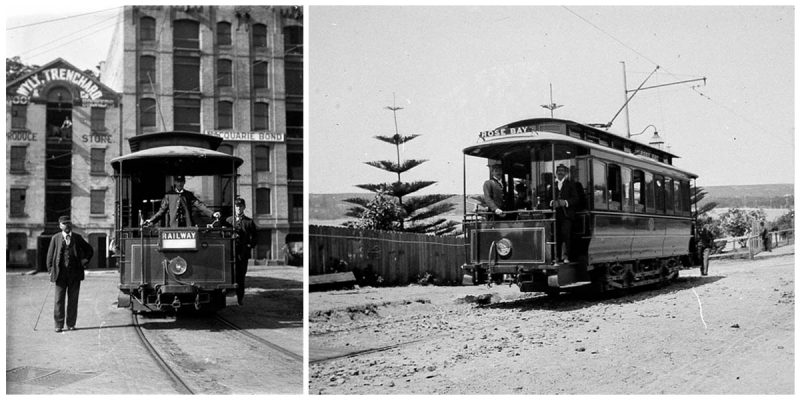The Sydney tramway network served the inner suburbs of Sydney, Australia from 1879 until 1961. In its heyday, it was the largest in Australia, the second largest in the Commonwealth of Nations (after London), and one of the largest in the world. The network was heavily worked, with about 1,600 cars in service at any one time at its peak during the 1930s (cf. about 500 trams in Melbourne today). Patronage peaked in 1945 at 405 million passenger journeys. It had a maximum street mileage of 181 miles (291 km), in 1923. The Sydney tram power supply system was built using New York subway electrical equipment that was adapted for tram usage. Generating plant was installed at Ultimo and White Bay Power Stations.
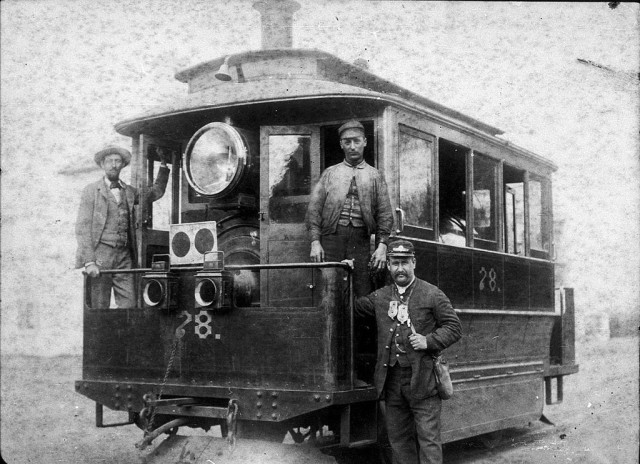
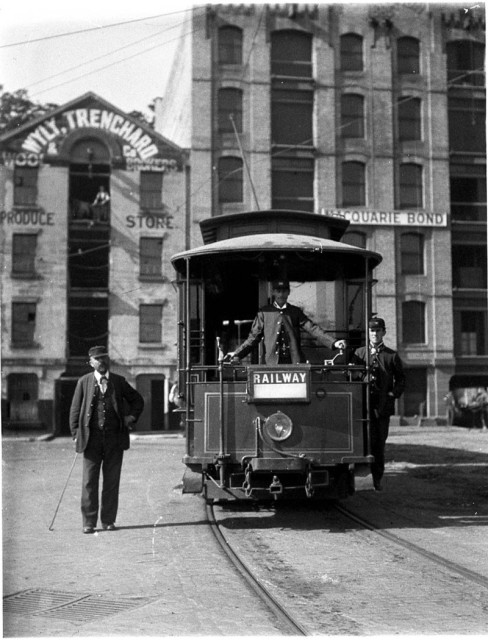
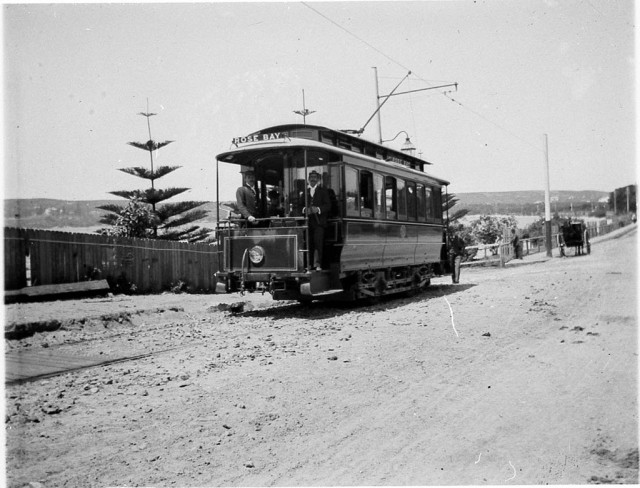
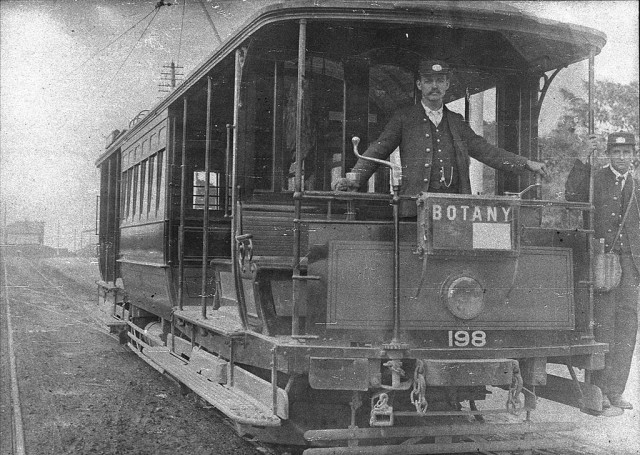
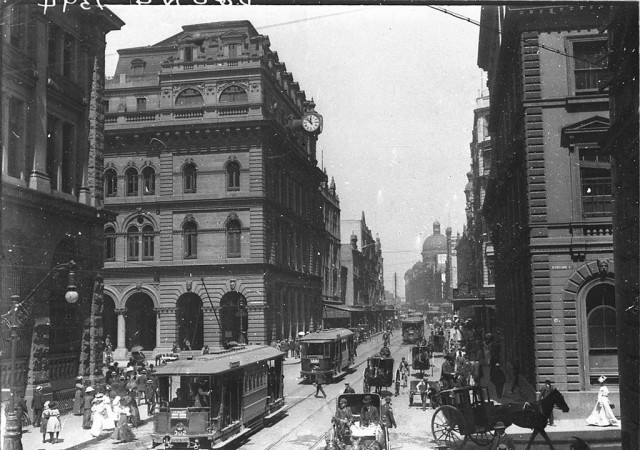
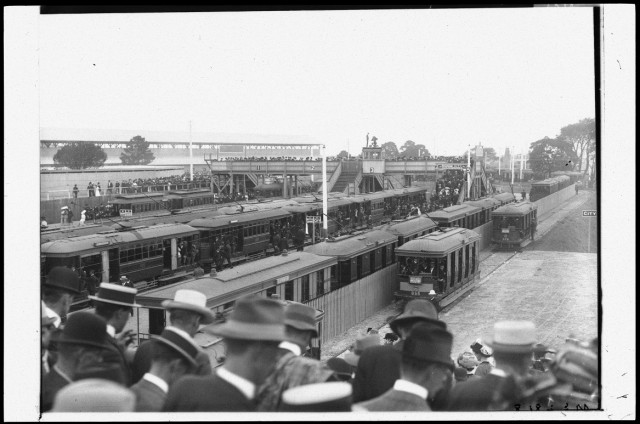
Electrification started in 1898, and most of the system was converted by 1910, the privately owned Parramatta line built by Charles Edward Jeanneret in 1881 to Redbank Wharf (Duck River) steam tram remained until 1943. Service began with C-class saloon cars, followed by D-class combination cars. In contrast to other cities that started with combination cars and toastracks, then quickly abandoned them for drop-centre and saloon cars, Sydney started by going the other way.
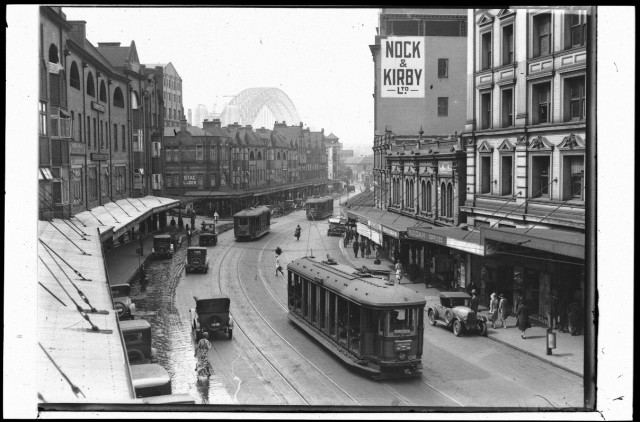
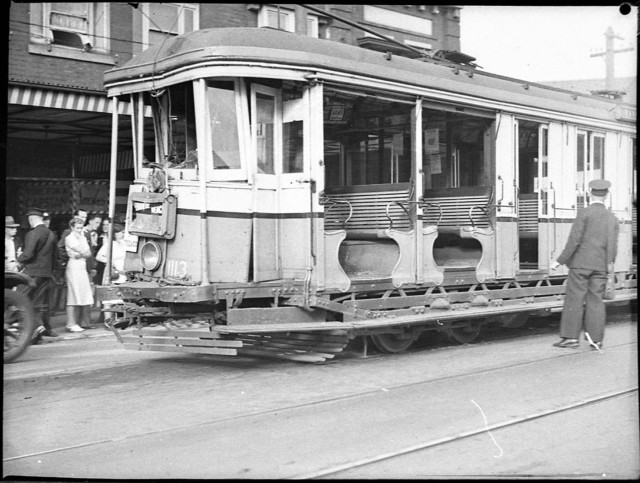
![K. Davis - Tramwoman at work [and other tram photographs], 1933-1942.](https://www.thevintagenews.com/wp-content/uploads/sites/65/2016/04/K.-Davis-Tramwoman-at-work-and-other-tram-photographs-1933-1942-640x499.jpg)
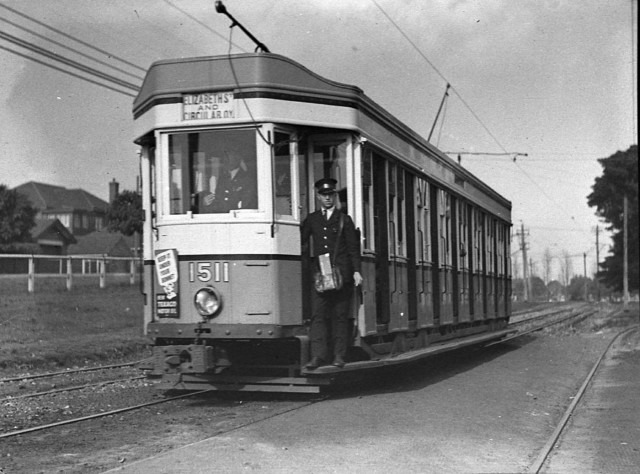
![[Looking north along George Street (with tram, T-model Ford and hansom cab) from Union Line Building (incorporating the Bjelke-Petersen School of Physical culture), corner Jamieson Street], n.d. by Sam Hood.](https://www.thevintagenews.com/wp-content/uploads/sites/65/2016/04/4-13-640x468.jpg)
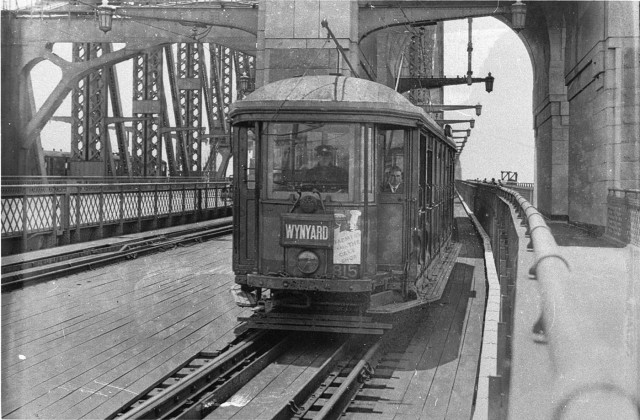
Footboard trams continued to be introduced, notably E-class, K-class, and the double-bogie cars O-class and P-class trams required the conductor to collect fares from the footboard of the car, as those trams had no corridor and they were deathtraps for conductors. On average, each day one conductor fell or was knocked off the footboard by passing motor vehicles. The majority suffered a fractured skull. In the three years 1923, 1924, 1925, there were 282, 289, and 233 accidents respectively to conductors on NSW tramways.
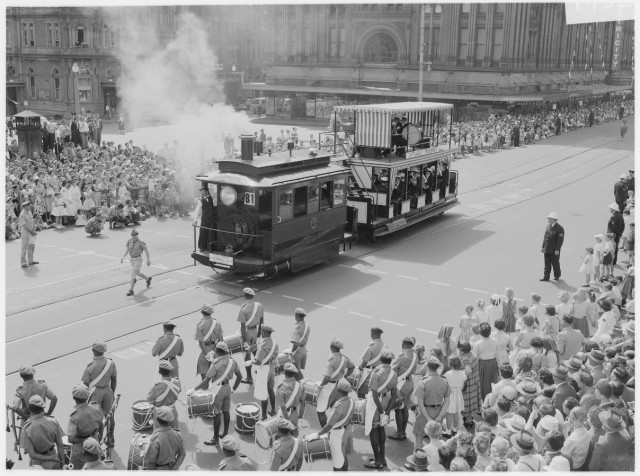
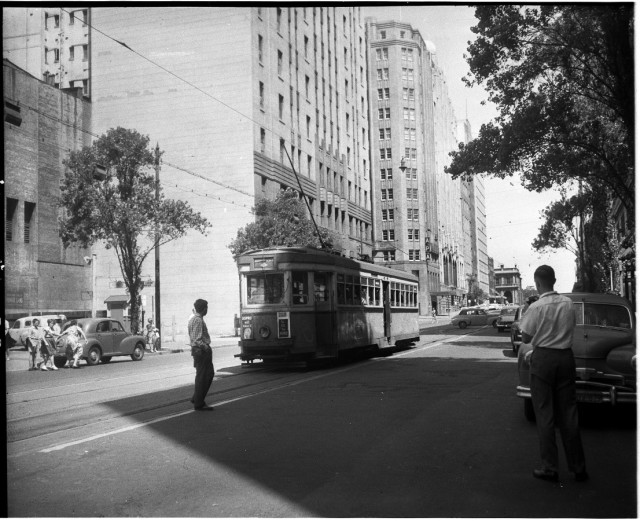
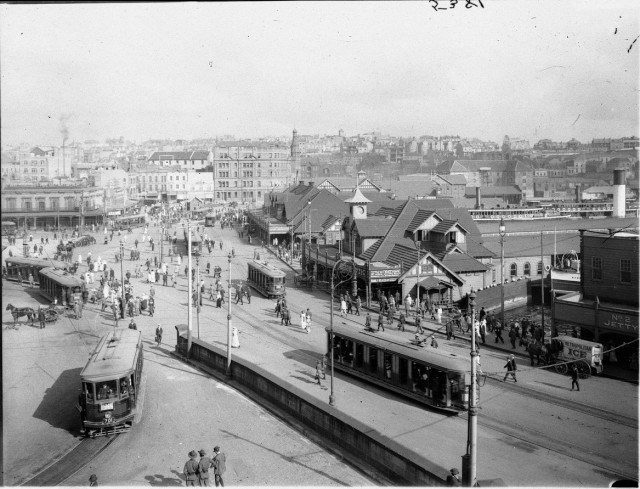
From 1916 to 1932, there were 4,097 accidents to tram employees, and from 1923 to 1931 there were 10,228 accidents to passengers having falls when alighting or boarding. 63 of the falls were fatal. Of the more than 100 falls reported of conductors, one-quarter died from their injuries. It was not until the 1930s with the introduction of the R-class that the drop-centre saloon tram, widely used elsewhere in Australia, came to Sydney. Even so, footboard trams continued in wide use until the late 1950s, despite calls as early as 1934 by the tram union for them to be modified.
Photos: State Library of New South Wales
